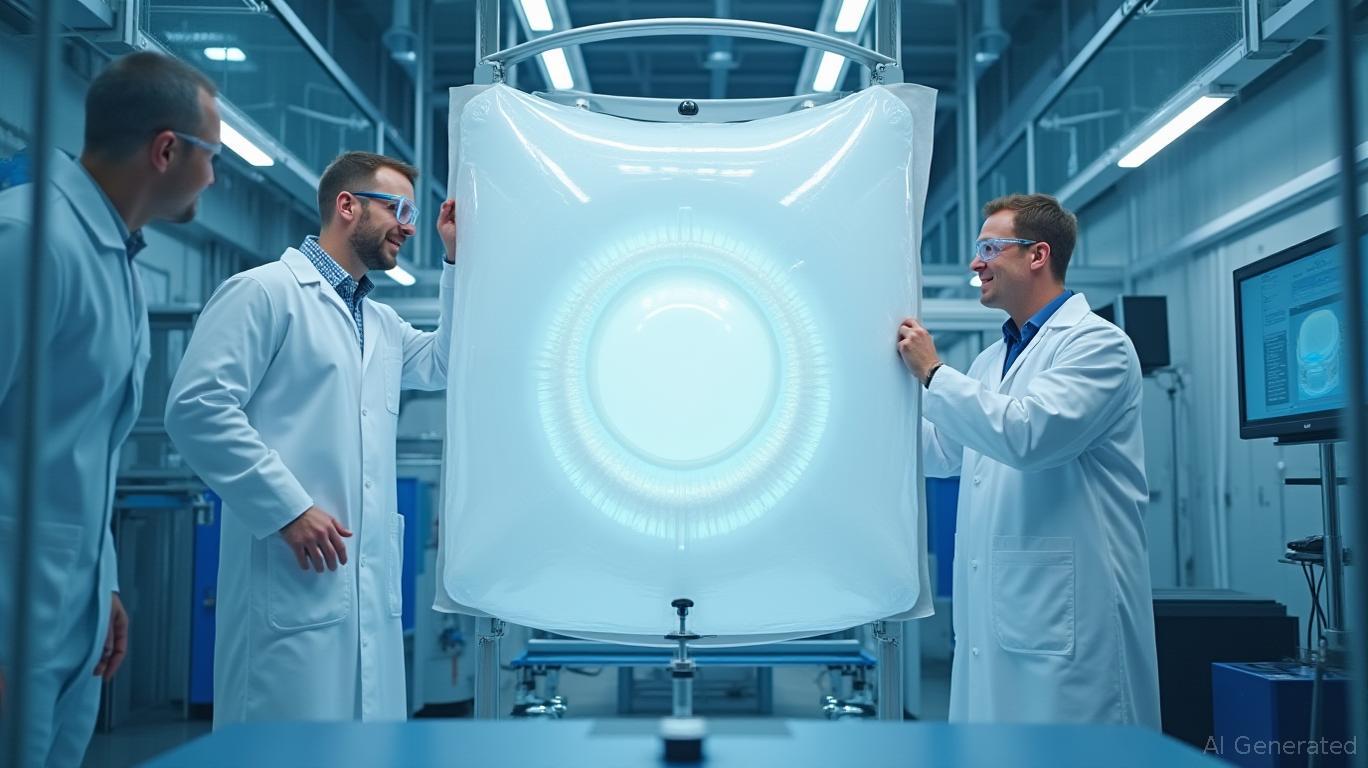Autoliv's Dividend Surge and Buybacks: A Test of Resilience in a Volatile Auto Landscape
Autoliv, the Swedish automotive safety systems leader, has embarked on an aggressive shareholder return strategy amid a challenging global auto industry. With a $2.5 billion buyback program underway and a 21% dividend hike in 2025, investors are asking: Can these returns endure? This analysis dissects Autoliv's financial health, operational execution, and risks to determine whether its shareholder-friendly policies signal undervaluation or overextension.
A Solid First-Quarter Performance Anchors Confidence
Autoliv's Q1 2025 results reveal a company navigating headwinds with discipline. Despite a 1.4% dip in net sales to $2.58 billion, organic sales grew 2.2%, outpacing the global light vehicle production (LVP) decline of 0.4%. Margins surged to 9.9%—a 2.5-percentage-point jump from 2024—driven by cost cuts and tariff cost pass-through to customers. Adjusted EPS rose 37% to $2.15, while return on capital employed (ROCE) hit 25.6%, up from 19.7% a year earlier. These metrics align with 2025 guidance of 10–10.5% adjusted margins, reinforcing management's credibility.
Shareholder Returns: Generous but Sustainable?
Autoliv's $2.5 billion buyback program has already retired 0.5 million shares ($50 million) in Q1, reducing dilution and boosting EPS. The dividend, now yielding 1.8%, was hiked 21% to $0.70 per share—a move supported by its leverage ratio of 1.3x, well within its target range. However, cash flow faces pressures: operating cash flow fell 37% to $77 million due to working capital buildup. Yet free cash flow remains stable, and the company reaffirmed its $1.2 billion annual operating cash flow target.

Key Risks: China's LVP Mix and Inflationary Pressures
Two critical risks threaten Autoliv's trajectory:
1. China's LVP Mix: While sales to domestic OEMs rose 19%, lower-content vehicles (e.g., economy cars) outpaced higher-margin luxury models, shaving 3% off performance. Management expects improvement via 2025's record product launches, but execution remains unproven.
2. Inflation and Tariffs: Customer negotiations for price adjustments—especially in Europe—are ongoing. Autoliv's success in passing tariff costs to customers has shielded margins so far, but further inflation could strain relationships.
The MSS Timeline: A Long-Term Gamble?
Autoliv's Mobility Safety Solutions (MSS) initiative—targeting connected safety systems and autonomous vehicle tech—won't meaningfully contribute until after 2030. Near-term growth hinges on traditional safety systems and LVP recovery. This delay means current shareholder returns rely entirely on existing operations, not future innovations. While MSS is a strategic bet, investors must assess whether today's dividends are overdrawn from today's cash flow.
Valuation: Undervalued or Overleveraged?
Autoliv's stock trades at 10.2x 2025E EPS, below peers like Continental (12.5x) and ZF Friedrichshafen (11.8x). A would show its valuation lag, despite margin improvements. The 21% dividend hike and buybacks suggest management believes shares are undervalued. Yet, with operating cash flow volatile and MSS timelines distant, skeptics might argue overextension.
Conclusion: A Buy for the Resilient Investor
Autoliv's shareholder returns are sustainable if it meets its 2025 margin targets and executes on China's product launches. Its 25.6% ROCE and disciplined capital allocation provide a buffer against LVP headwinds. While MSS's delayed impact and China's mix issues pose risks, Autoliv's cost discipline and balance sheet strength make it a compelling play on automotive safety's inelastic demand. For investors willing to overlook short-term noise, Autoliv's undervalued multiple and dividend growth offer a favorable risk-reward trade.
Act now—before the market catches up.

Comments
No comments yet